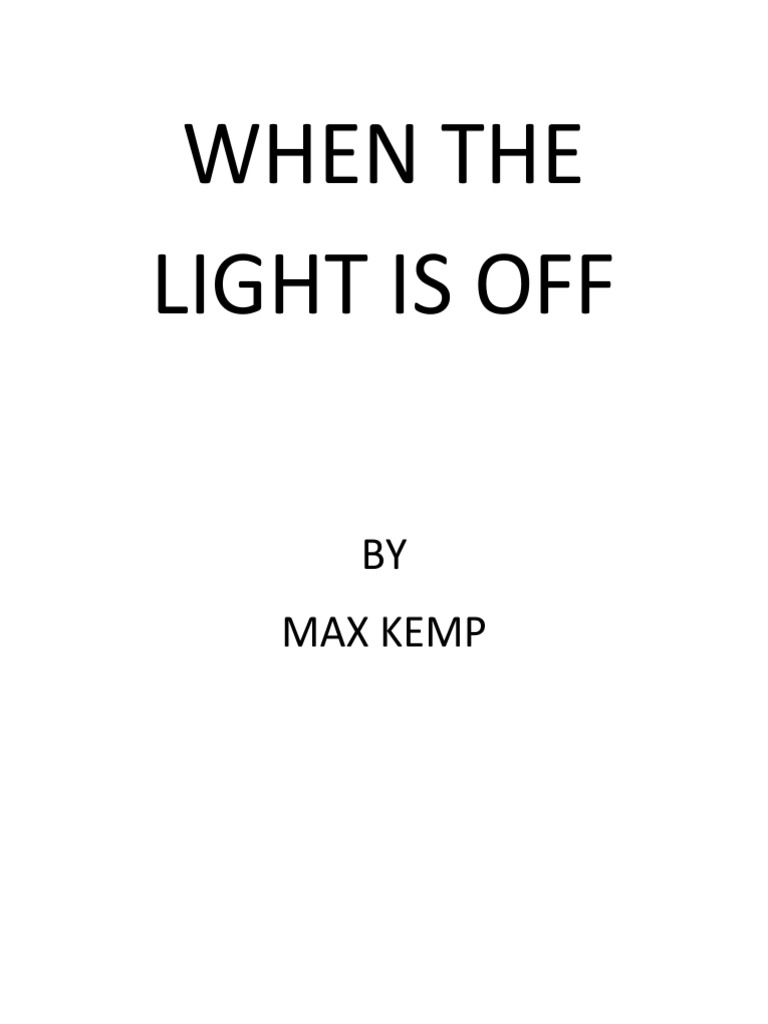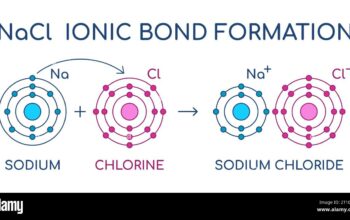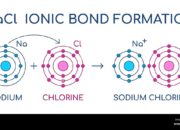The curious nature of light and its behavior presents a fascinating topic for exploration. Have you ever wondered what happens to light after the source is turned off? This question may initially appear simplistic, yet it delves into profound scientific principles and concepts within the realms of physics. To unravel this enigma, we must engage with ideas specific to light’s propagation, its engagement with the environment, and the intricate phenomena that occur post-emission.
Beginning with the fundamental understanding of light itself, we recognize it as an electromagnetic radiation that travels in waves. It is not merely a static entity — light is dynamic, traveling at approximately 299,792 kilometers per second in a vacuum. This incredibly high velocity means that when a light source is extinguished, the last photon emitted continues its voyage until it interacts with matter or dissipates. What, then, characterizes light’s journey once its source is quelled?
In many cases, light diminishes rather abruptly. The moment the source is turned off, the immediate surroundings begin to darken. This transition is not merely a matter of illumination dimming — it reflects the end of photonic activity from that particular source. However, the photons emitted just before the cessation of the source’s emission continue to propagate. They will persist in their trajectory until they encounter an obstacle or are absorbed or scattered by the medium through which they travel.
One significant phenomenon to consider is the concept of light persistence. An experimental exploration of this principle may involve the examination of phosphorescent materials. Upon exposure to light, such materials absorb photons, storing energy and subsequently releasing it in the form of light over an extended duration after the source is removed. In essence, while the dominant source of light has disappeared, the stored energy in these materials allows for continued illumination — albeit often at a significantly reduced intensity.
The interplay between light and atmospheric conditions also warrants attention. Factors such as humidity, temperature, and air pressure can dramatically influence how light behaves after the source is turned off. For instance, in foggy or mist-laden environments, the scattering of light provides a different visual dynamic, leading to a residual ambiance, prolonging the apparent illumination of an area even after the light has ceased. The resulting atmospheric scattering may create an ephemeral glow, altering perceptions of darkness and visibility.
Moreover, the characteristics of the surrounding surfaces interact with light as well. The texture, color, and materiality of objets d’art, walls, or the floor can affect how light is absorbed or reflected. Dark surfaces, such as black painted walls, absorb most of the available light, leading to a rapid onset of darkness. Conversely, lighter surfaces will reflect residual photons, contributing to a prolonged visibility even after the source is turned off. This component introduces a playful dimension to our earlier inquiry — the environment actively participates in the transient life of light, affecting its legacy long after the source fades.
Additionally, the behavior of light is governed by the principles of quantum mechanics. Each individual photon exists in a state influenced by probabilities defined by wave-particle duality — a concept that challenges the very nature of light and its interactions. As the source of light deactivates, the last photons emitted bifurcate into various possible paths dictated by their quantum state. This phenomenon raises intriguing questions regarding the annihilation of light: Does it merely cease to exist, or does it transform into other forms of energy? When interacting with surfaces, photons can be absorbed, resulting in a conversion into thermal energy or kinetic energy, highlighting the conservation of energy concept within physical systems.
The complex phenomena surrounding light’s decay after the source is extinguished invites further contemplation. For instance, consider the implications of this discussion in technological applications. Modern innovations utilize principles of optics to develop advanced lighting systems, from energy-efficient LEDs to fiber optic communications. These technologies depend on the understanding of light propagation, absorption, and reflection, fundamentally informed by what we know about what happens to light once the source ceases operation.
The post-light state can also have profound ramifications in natural settings, such as the study of photosynthesis in plants. As sunlight diminishes during the dusk hours, plants rely on their stored energy reserves — akin to phosphorescent materials — to continue metabolic functions until the next cycle of illumination. This beguiling interaction between light and life once again surfaces the juxtaposition of light’s fleeting and yet persistent nature.
While light may seem to vanish instantaneously once it is switched off, its behavior post-cessation is laden with complexity and nuance. The interplay between emitted photons, their interaction with materials, the influence of environmental conditions, and the fundamental principles of physics coalesce to form an intricate tapestry of light’s legacy. While our exploration surfaces more questions than definitive answers, it highlights how light’s ephemeral essence is intrinsically tied to the physical laws governing our universe.
In summary, pondering what happens to light after the source is turned off opens a dialogue rich with scientific inquiry. One may conclude that this seemingly straightforward question is just the beginning of a deeper investigation into the enduring influence of light — a phenomenon that continues to captivate the imagination of scientists and laypersons alike.












